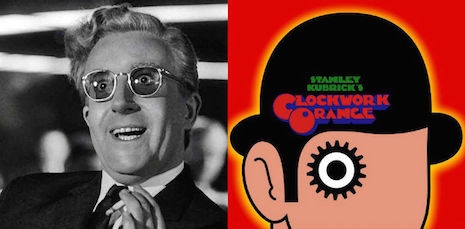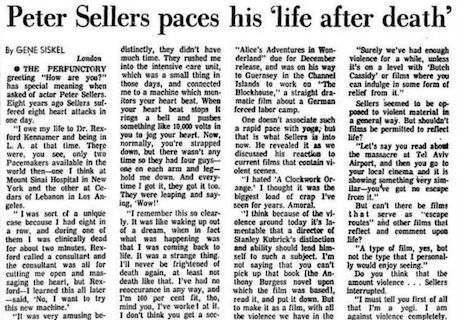
The 1980s were marked by a spike in parental crusades—the widespread “satanic panic” of the day has been well-noted, and Tipper Gore’s Parents Music Resource Center seeking to censor or label music acts like Prince, AC/DC, Madonna, and Judas Priest, and Mothers Against Drunk Driving looking to raise the legal drinking age as well as other measures.
The arrival of video rental shops in many towns in America created an opening for a parental panic over “video nasties,” which is to say, exploitative and cheaply made videocassettes selling little more than death and human dismemberment under the cover of regular horror movies, of which the Faces of Death series was the best known example. Faces of Death purported to be a documentation of people in the act of experiencing death in various ways, with dubious veracity. Some were clearly quite real.
In 1987 the two best known movie critics in America tackled the issue head-on in a segment of Siskel & Ebert. In the segment they warn parents that the “video nasty” trend is infiltrating video stores, with irredeemably violent movies masquerading as more conventional horror fare. Siskel says that the genre describes movies that are “full of blood and guts—sometimes real, sometimes faked.”
As soon as I heard the term “video nasty” in connection with this show, I had the hunch that only the British would invent a term like that, and I was right. “Video nasty” was a term invented in the U.K. to refer to violent movies distributed on videocassette that came under fire for their content. A group called the National Viewers’ and Listeners’ Association (NVLA) popularized the term in the early 1980s. Essentially, the furor over “video nasties” in the U.K. led directly to the imposition of a rating system.
The Director of Public Prosecutions released a list of movies with the goal of “prosecuting” them under the Obscene Publications Act 1959. According to Wikipedia, “39 films were successfully prosecuted under the Obscene Publications Act but some of these films have been subsequently cut and then approved for release by the BBFC [British Board of Film Classification].” The list of movies prosecuted by the DPP included Faces of Death, Gestapo’s Last Orgy, Cannibal Holocaust, Abel Ferrara’s The Driller Killer, and Andy Warhol’s Frankenstein.
“The most popular nasty of them all,” says Siskel, “is a piece of trash called Faces of Death.” Obviously the Siskel and Ebert look at Faces of Death is not a regular review at all, merely an instantiation of the general thesis under discussion, that more parents need to be alarmed by “video nasties.” Still, Siskel and Ebert review movies, so they do show an obviously faked clip of a supposedly lethal bear attack, and then return to the studio to comment on how obviously fake it was.
More after the jump…







